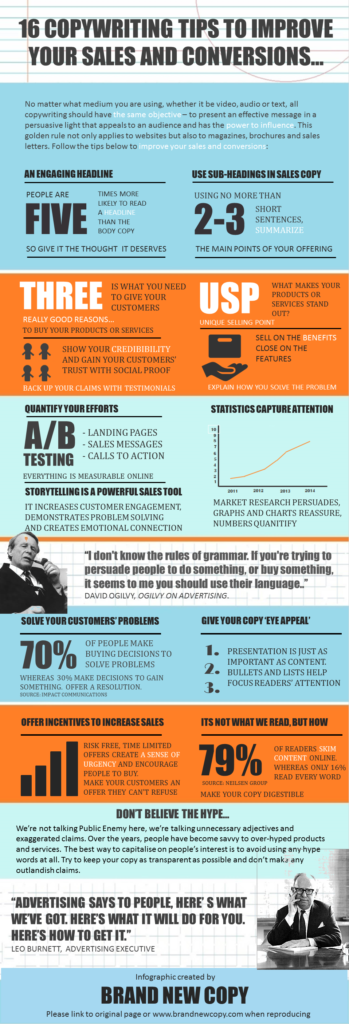When you meet up with a good friend to catch up over lunch, you expect to have a good time while you guys chat, right?
You might even get so carried away that you don’t realize how much time has already passed.
Now, imagine your audience feeling the same way about you…that’s a huge role conversational copy plays in helping you connect with your audience.
You can attract [and hold] attention, build trust, and create raving fans out of your target audience.
With conversational copy backing up your solid offerings, driving more sales and building your brand authority would be more practical.
But first…
What is Conversational Copywriting?
It’s simply writing naturally…like a human. No flexing of un-relatable knowledge. No use of academic jargon or some big words because you want to sound smart.
It’s clear, concise, fresh and easy for everyone to understand. It sounds like YOU — who’s a real person, not a robot. I like to also call it ‘friendly writing’.
And that’s how you can grab [and keep] people’s attention.
Because humans relate to and connect with other humans.
So now that you know how great conversational copywriting is, how do you go about it?
1: Dive Deep into Your Audience’s Personality.
Like I always say, personas are awesome, a good start. But your ideal customer is more than a stock photo on your Google Doc folder.
Your customer is beyond their age, gender, location, browsers, occupation, etc. That’s too general and we’re not looking to make anyone feel like a stereotype, right?
Exactly.
You need to know your target audience for who they really are – what makes them tick? What are they proud of? What would they like to change right now that your offering solves?
Keep going and your conversation will find a natural flow.
2: Write for One Person.
Don’t be afraid to use the word ‘You’ as much as you can. It’s personal and not vague. Let your audience feel like you’re speaking directly to them. And not like you’re making an ‘open call’ to everyone.
3: Be Smart and Simple.
When writing copy for my clients, I tend to get a bit imaginative. I picture myself [representing my client’s business] having a conversation with their ideal customer over a glass of wine.
I want them to feel comfortable, not bored, or intimidated. But I also want to show them that I know what I’m talking about without sounding like a ‘buzzword ninja’.
Use contractions like ‘haven’t’ instead of ‘have not’, ‘don’t’ instead of ‘do not’ etc. If you must use big words or some wordplay, do it stylishly and keep it minimal.
If you can connect with your audience, your analytics will smile back at you.
4: Focus on Your Audience to Keep Them Engaged.
For the sake of emphasis, what you write is about your audience, not you. So keep the spotlight on them. It sounds so simple but it does take some practice to train yourself into it.
Especially since many of us learned to talk about ourselves or recite details about someone else.
You can break this habit by asking open-ended questions. This puts your audience in control and gets them thinking about what you just said.
Nail this and you’ll strengthen the connection between your audience and you [or your brand].
As humans, we like learning new things that are easy to digest and would also make us think logically — even if it’s just a little. But don’t ask questions and leave them hanging. Provide the answers immediately to build trust.
Then …
5: Give Value to Build Interest.
With conversational copywriting, you’re providing value in a digestible way for your audience.
But how can you give value if no one understands what you’re saying? When you’re told to write for the web, the reason is the usual “more people skim than they read.”
Well, make your copy interesting to read and see if you won’t have more readers than skimmers.

I’ve had clients with amazing solutions that were too complex for just anyone to understand. With conversational copy, we were able to break down those complex concepts into crystal-clear bits for the audience to relate to.
But when giving value, don’t forget to back up with facts where necessary. You can add credibility by supporting your claims with relevant stats, quotes from experts in your industry etc.
Time to Build Your Brand Authority with Conversational Copy!
Position your brand as a relatable, reliable source of information with conversational copy done-right. It’s like this… relatable copy –> trust –> authority –> sales.
Hit your audience with confusing, wordy messaging and they’re gone before you say ‘Jack Roberts”.
- But with conversational copy, you can:
- Build trust and connection with your audience
- Position yourself as an expert
- Drive more sales
- Create raving fans who keep coming back for more
Ready to start a conversation but feel you could use a hand? Let’s talk!
But can this work in the B2B world? Learn 3 ways you can use storytelling to boost your B2B conversions.


Nice!!!!
Thank you, Osen!